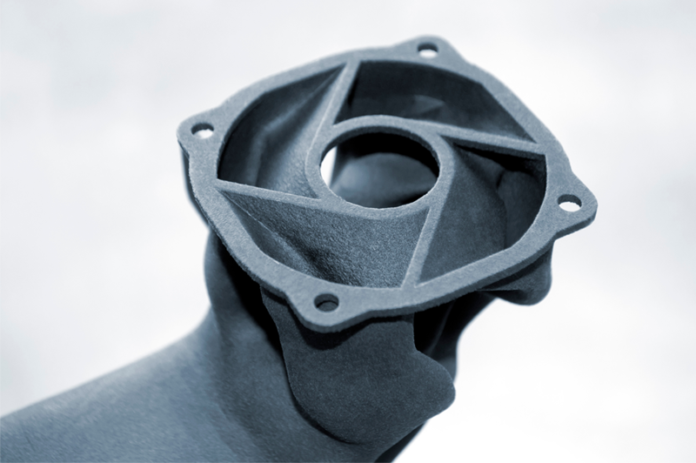Prototyping is a crucial phase in engineering and product development. It allows engineers to test designs, identify potential flaws, and refine their ideas before moving to full-scale production. Traditional prototyping methods, such as CNC machining or injection molding, often involve high costs and long lead times. However, the emergence of 3D printing prototype service has transformed this process, making it more accessible, cost-effective, and efficient.
The Advantages of 3D Printing in Prototyping
- Faster Development Cycles
One of the biggest advantages of rapid 3D print prototypes is the speed at which they can be produced. Traditional manufacturing methods may take weeks to create a prototype, whereas 3D printing can deliver a functional model in hours or days. This accelerated timeline allows engineers to iterate on designs quickly and reduce time-to-market for new products.
- Cost-Effective Prototyping
Prototyping with conventional manufacturing techniques requires expensive tooling, molds, and skilled labor. With 3D printing service for engineers, there is no need for specialized equipment, significantly lowering costs. This is particularly beneficial for startups and small businesses that may not have the budget for expensive prototype development.
- Design Flexibility and Customization
3D printing allows for complex geometries and intricate details that would be difficult or impossible to achieve using traditional methods. Engineers can experiment with different designs, adjust features, and even create multiple iterations without incurring additional costs. Customization is also easier, enabling tailored solutions for specific engineering challenges.
- Material Variety for Functional Prototypes
Today’s 3D printing technologies support a wide range of materials, including plastics, resins, metals, and even composites. Engineers can select materials that closely mimic the mechanical properties of the final product, ensuring that prototypes perform realistically during testing.
- Reduction in Waste
Traditional subtractive manufacturing techniques often result in significant material waste. In contrast, 3D printing is an additive process, meaning material is only used where needed. This makes 3D printing a more sustainable choice for prototyping.
Industries Benefiting from 3D Printing in Prototyping
Aerospace and Automotive
Both industries require lightweight, high-performance parts with precise tolerances. 3D printing enables rapid development and testing of aerodynamic components, structural elements, and interior parts.
Medical and Healthcare
From prosthetics to dental implants, the medical field relies on 3D printing to create customized solutions. Engineers can develop patient-specific models and functional prototypes for medical devices.
Consumer Electronics
Smartphones, wearables, and home appliances all go through multiple iterations before reaching the market. 3D printing allows engineers to test ergonomic designs and assembly processes before committing to large-scale production.
Challenges and Considerations in 3D Printed Prototypes
While 3D printing offers numerous advantages, engineers must consider factors such as material limitations, surface finish quality, and strength requirements. Not all 3D printed prototypes can fully replace traditionally manufactured parts, especially in high-stress applications.
Additionally, choosing the right 3D printing prototype service is essential for achieving high-quality results. Engineers should evaluate factors like printing technology (FDM, SLA, SLS), material compatibility, and lead times before selecting a service provider.
Conclusion
3D printing has revolutionized the way engineers approach prototyping. With faster turnaround times, reduced costs, and greater design freedom, it has become an invaluable tool in product development. As technology advances, the capabilities of 3D printing service for engineers will continue to expand, further shaping the future of innovation.

